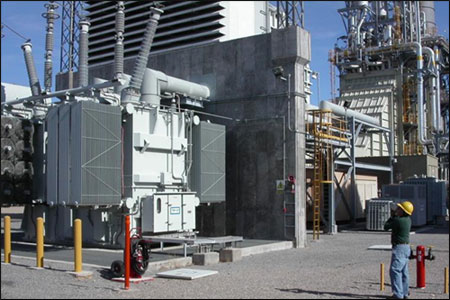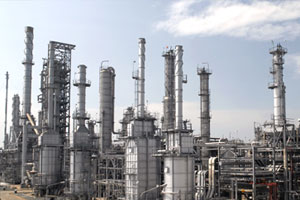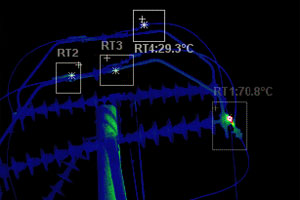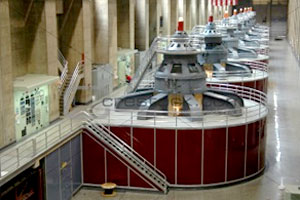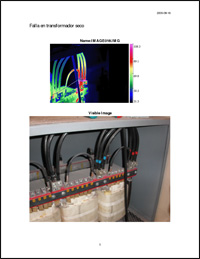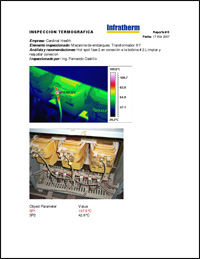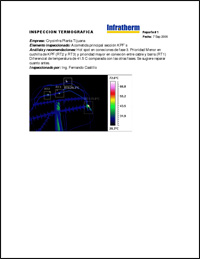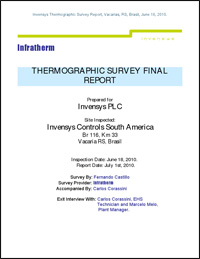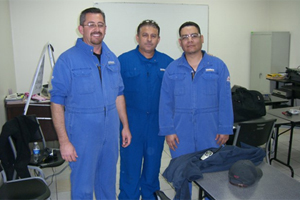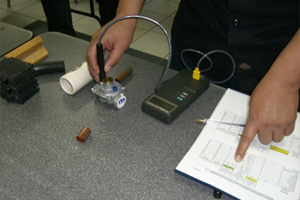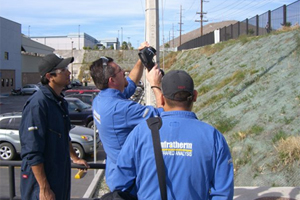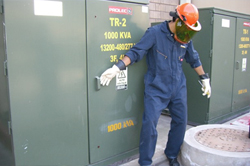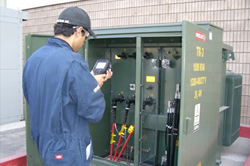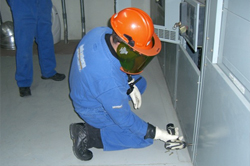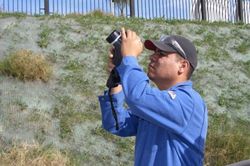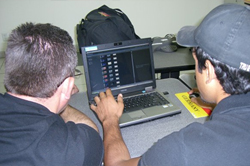Vibration Analysis Programs
- Dramatic reductions in the high cost of unplanned downtime.
- Major reductions in spare parts inventory due to better data on machine health.
- Reductions in emergency work orders and overtime.
- More efficient repairs because new and reworked equipment can be thoroughly tested.
- Greater production capacity (more saleable product, fewer rejects).
- Better plant safety records because machines aren’t allowed to “run to failure."
Each of these advantages augment the universal corporate goal of reliable production for scheduled delivery.
Principles of Vibration Analysis
Every machine fault whether it’s mechanical or electrical in nature generates vibration at a frequency equal to shaft rotation speed. This is because the heavy spot of the unbalanced rotor passes the vibration sensor once per shaft revolution. Similarly, frequencies can be calculated corresponding to many other common machine faults:
- Misalignment.
- Cavitation.
- Belt Defects and Looseness.
- Soft Foot.
- Bearing Deterioration.
- and much more...
(A spectrum is a calculated data display of frequency versus amplitude. The frequency helps diagnose the source of the vibration, while the amplitude helps determine the severity of the problem.)
Vibration Troubleshooting
Vibration troubleshooting is routinely applied to rotating and reciprocating equipment to assess general mechanical health. Bearing, motor, gearbox, driveline and foundation problems can be easily identified prior to becoming an operational problem.
Vibration sensors are mounted to the structure. Dynamic data are acquired to determine the machine's operational characteristics. This also identifies if resonances are affecting any of the vibration components. If resonances exist, frequency response testing and modal analysis are conducted. If resonances are not contributory, operational deflection shape analysis is performed to reveal the structure's pattern of deformation.
Rotating equipment analysis is another vibration monitoring tool used to assess the general mechanical health of rotating and reciprocating machinery.
Rotating equipment diagnostics identifies rotor imbalance, mechanical looseness, bearing defects, motor mechanical and electrical problems, shaft misalignment, gearing faults, and foundation problems. Operational deflection shape analysis is used to determine the structure's forced vibration shape. Employed techniques also identify if detrimental resonances exist in the equipment, support structure, or foundation. Modal analysis can then be used to visualize the associated patterns of structural deformation.
